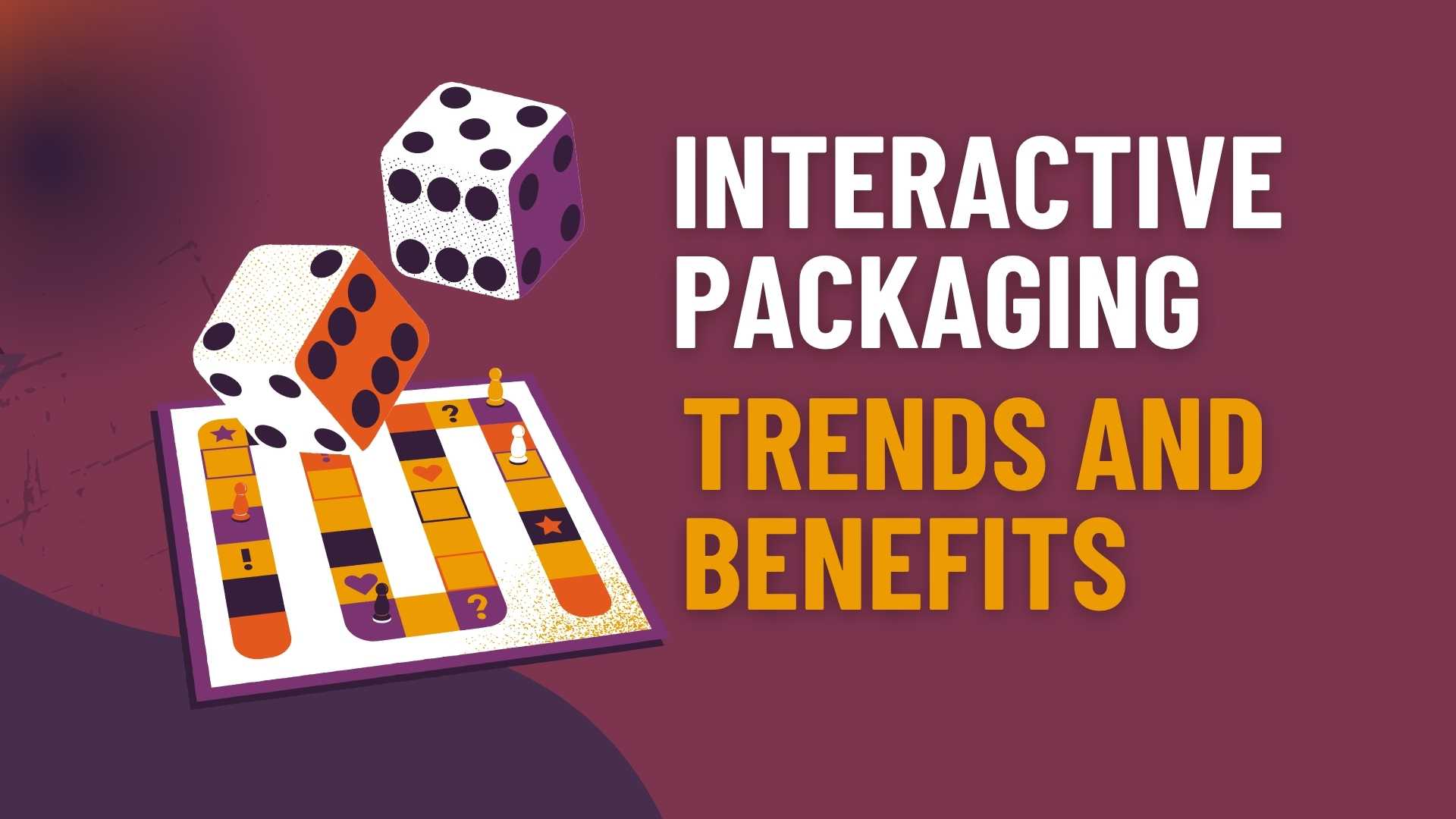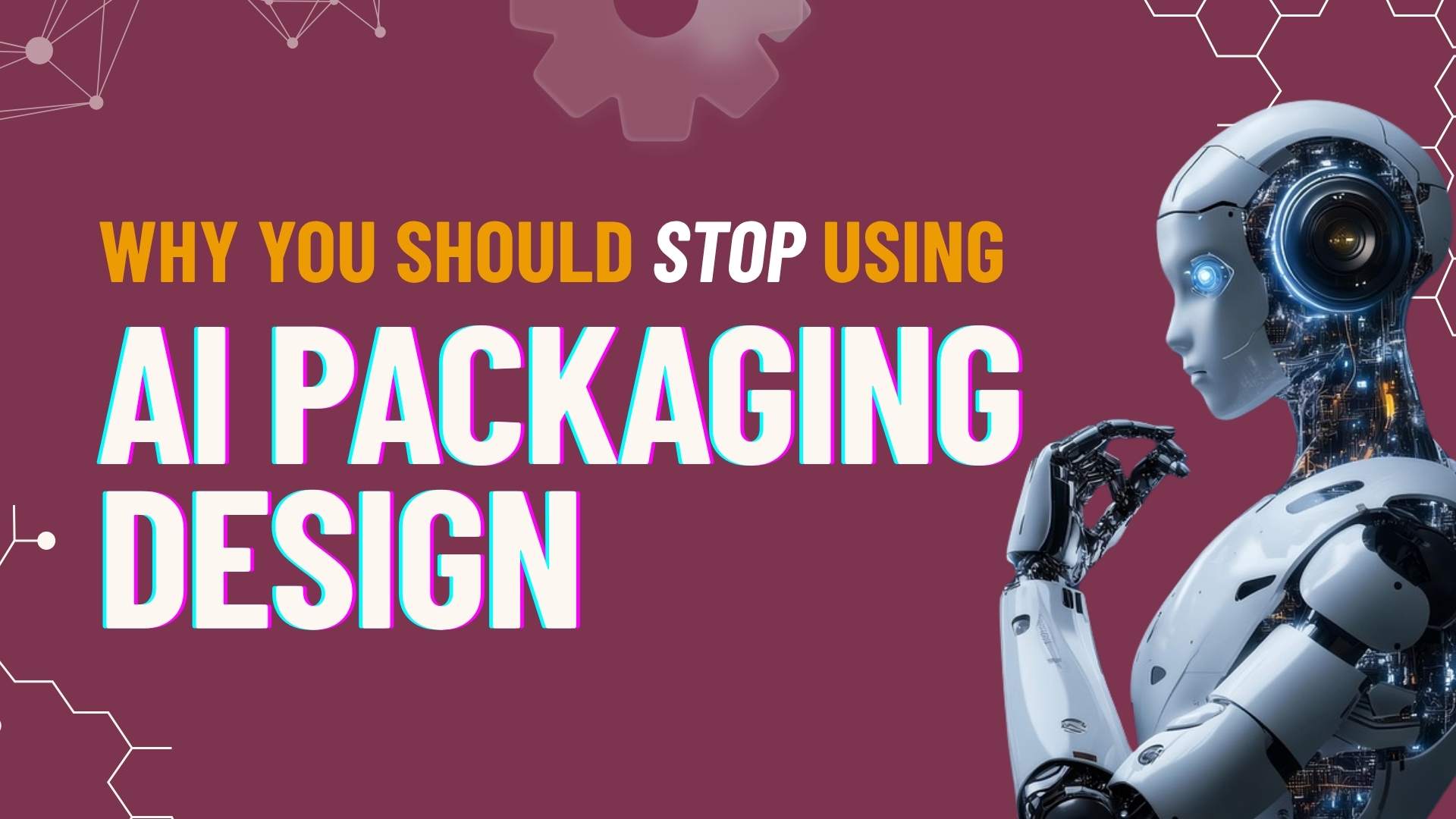Packaging today goes well beyond just a container for your product. If you’re a marketing director or brand manager, you’ve probably seen how the most talked-about brands are using their packaging to do a whole lot more.
We’re talking QR codes that tell a story, AR experiences that bring your product to life, and even smart features that track engagement in real-time. Sounds like a lot, but the truth is that this kind of interactive packaging is becoming a key way to connect with consumers and create memorable branded experiences.
We’ve compiled some smart, practical ideas to help you transform your packaging into something people want to engage with. If you’re trying to stand out and get your brand noticed, these interactive packaging tips are a great place to start.
What Is Interactive Packaging?
Interactive packaging creates a direct, engaging experience between your brand and your customers. It invites consumers to participate actively with the product or the brand. Think of it as turning your packaging into a conversation starter or an experience that strengthens brand loyalty.
It can be as simple as QR codes leading to exclusive digital content or augmented reality (AR) features where packaging “comes to life” when viewed through a smartphone. Some brands even incorporate playful elements like puzzles, games, or interactive storytelling that deepen consumer engagement.
What Technologies Are Driving Interactive Packaging Trends?
If you manage a brand or oversee marketing strategies, staying on top of interactive packaging trends isn’t optional anymore. It’s a great way to gain a competitive edge. Let’s walk through the technologies leading this transformation.
QR Codes & Digital Barcodes
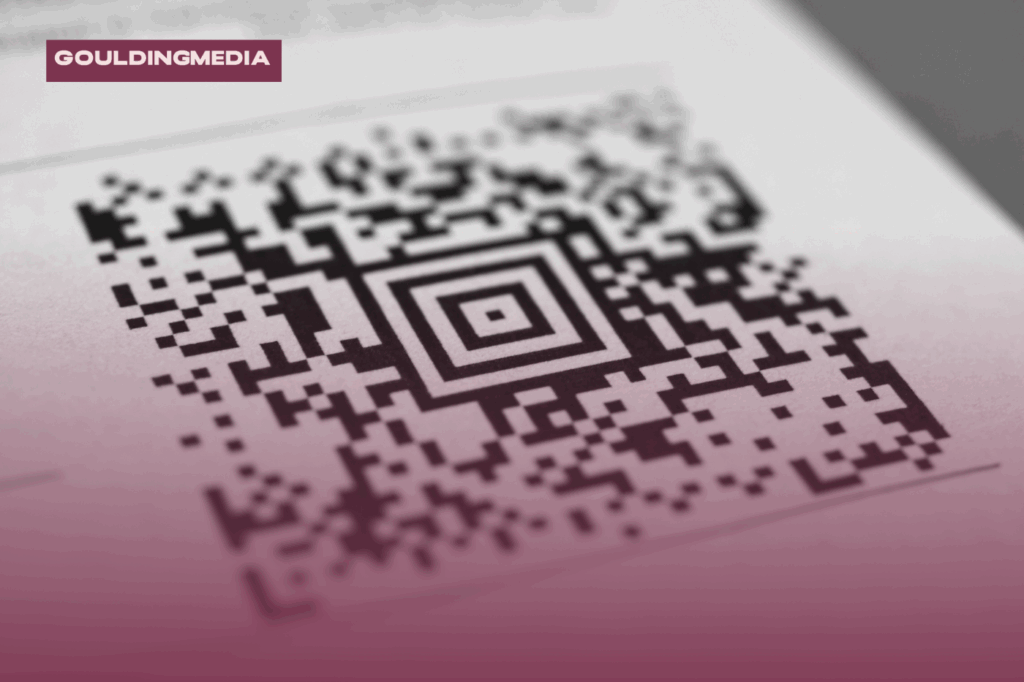
QR (Quick Response) codes are 2D barcodes that store data, like URL, text, or serial numbers, and can be scanned using a smartphone camera. Unlike traditional barcodes, QR codes can hold more information and offer a direct digital link from the product to online content.
How Can QR Codes on Packaging Boost Brand Engagement
Brands print QR codes on product packaging or labels. When scanned, these codes instantly direct consumers to webpages, videos, apps, PDFs, or AR experiences. This gives packaging a digital “gateway” to content that can’t physically fit on the label.
Benefits for Brands
- Enhances transparency (e.g., ingredient info, sourcing)
- Boosts consumer trust and engagement
- Low-cost and easy to implement
- Delivers real-time marketing content
- Link can be easily redirected if the content changes
Augmented Reality (AR)
Augmented Reality overlays digital content onto physical objects using a smartphone or tablet. When consumers scan packaging, AR can reveal 3D visuals, animations, videos, or games—turning a box or bottle into an interactive digital canvas.
How Does AR Packaging Enhance Product Interaction?
AR is triggered by an image, QR code, or unique design. When scanned, the device displays programmed content aligned with the packaging. Web-based AR (WebAR) allows experiences to run directly from a browser, with no app required.
Why It Matters for Marketing:
- Increases product interaction time
- Enhances storytelling and brand recall
- Promotes social sharing with a visual wow factor
NFC (Near-Field Communication) Tags
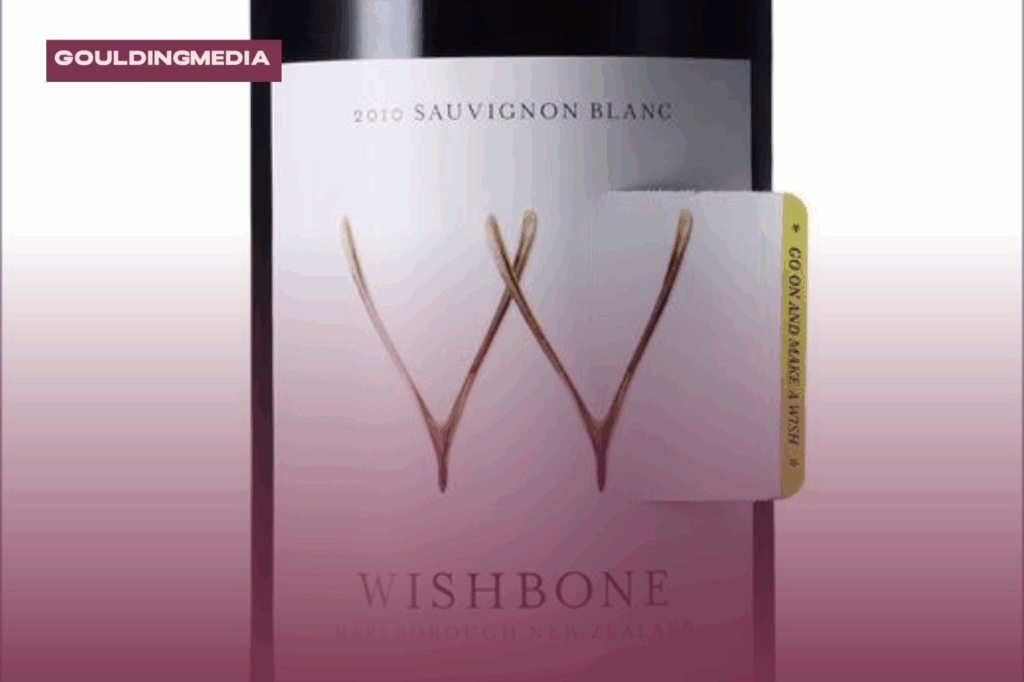
Near-Field Communication (NFC) tags are tiny chips embedded in packaging. When a user taps their NFC-enabled smartphone near the tag, it instantly launches a web link, video, or digital experience—no app or camera needed.
How Are NFC Tags Used in Packaging
Luxury and beverage brands often use NFC for:
- Authentication: Confirm if a product is genuine or tampered with
- Personalisation: Unlock exclusive experiences or register products
- Transparency: Trace origin and supply chain history
Key Benefits of NFC in Packaging:
- Frictionless user experience (just tap)
- Secure and tamper-proof
- Ideal for premium products and customer data collection
Gamification Elements
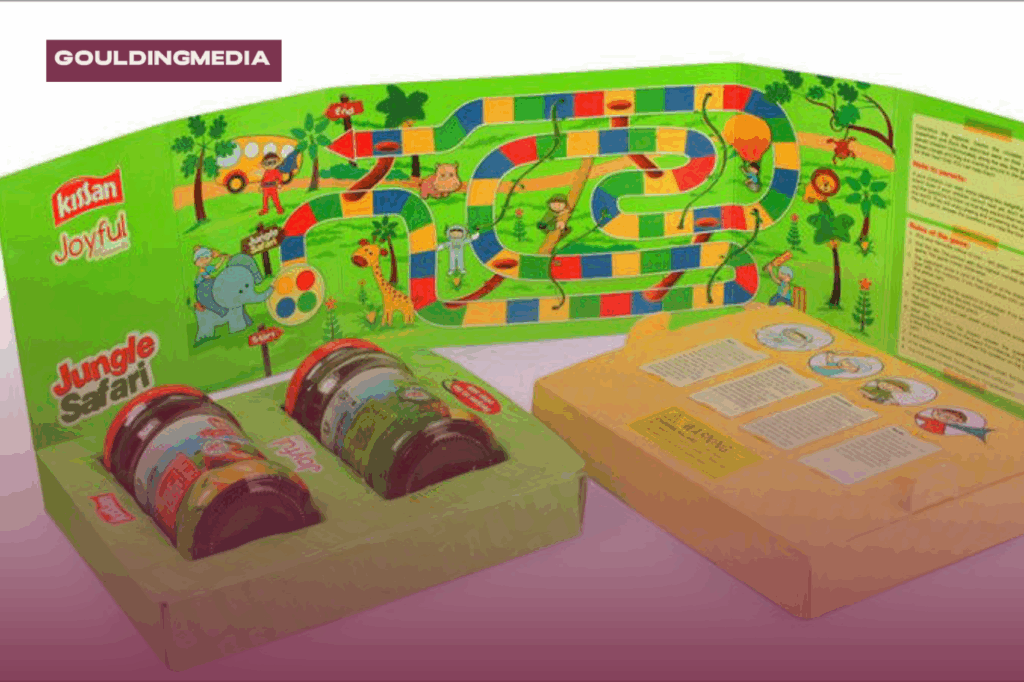
Gamification involves adding game elements like challenges, prizes, or competitions to packaging. It turns product interaction into a playful, rewarding experience, often using QR, AR, or NFC as the delivery mechanism.
How Does Gamified Packaging Drive Consumer Engagement
Gamified packaging invites consumers to scan, play, or participate. This can drive engagement, boost brand loyalty, and encourage repeat purchases.
Why It Works for Marketing:
- Extends consumer interaction with the product
- Encourages repeat purchases through game mechanics
- Generates buzz and social media shares
Blockchain Integration
Blockchain is a revolutionary new technology, a decentralised digital ledger that records data in a tamper-proof format. When applied to packaging, blockchain ensures that every step of a product’s journey, from manufacturing to delivery, is traceable and verifiable.
How Is Blockchain Technology Used in Packaging to Improve Traceability
Each product package includes a unique QR code or NFC tag that links to a blockchain database. Consumers can scan the code to view an uneditable record of the product’s origin, transit, and handling conditions.
Use Cases
- Provenance Verification: Scan a chocolate bar to confirm fair-trade cocoa sourcing.
- Anti-Counterfeiting: Track luxury goods with immutable data logs.
- Supply Chain Transparency: Monitor temperature-sensitive items like vaccines or seafood.
Marketing & Compliance Benefits
- Builds trust with ethical sourcing claims
- Ensures quality and safety for high-stakes products
- Meets rising demand for ESG and sustainability reporting
Smart Packaging
Smart packaging uses embedded technologies like sensors, QR codes, NFC, and data trackers to monitor product condition or enable digital interaction. It’s typically divided into two types:
- Active Packaging: Changes the environment inside the package (e.g., temperature control, oxygen scavengers).
- Intelligent Packaging: Communicates product data (e.g., freshness indicators, usage tips).
How It’s Used
- Sensors track temperature, humidity, or light exposure
- Labels display freshness indicators or digital readouts
- Digital twins sync with inventory systems in real time
Key Benefits
- Ensures quality and compliance
- Improves customer experience
- Enables real-time data collection
3D Printing

3D printing in packaging involves creating physical packaging components layer-by-layer using digital design files. It allows for rapid prototyping, customisation, and on-demand production.
How Is 3D Printing Used in Packaging
- Prototyping: Quickly iterate designs without high tooling costs
- Personalised Packaging: Create limited-run or customer-specific designs
- Eco-Friendly Materials: Use biodegradable or recyclable 3D printing filaments
Benefits
- Reduces time to market for new products
- Enables customisation for e-commerce or gifting
- Minimises material waste and improves sustainability
Interactive Packaging Hacks
Looking to give your packaging that extra punch while boosting visibility and consumer engagement? These interactive packaging hacks aren’t just gimmicks—they’re practical tools that can create deeper connections with your audience and set your brand apart on the shelf.
1. Go Beyond Basic QR Codes
We all know QR codes are everywhere, but too many brands just link to a homepage. That’s a wasted opportunity. Instead, make your QR codes work harder. Link them to exclusive content, AR filters, or loyalty programs that reward repeat scans. This is where digital packaging solutions shine—bridging physical products with immersive digital experiences.
Quick win: Offer downloadable recipes, behind-the-scenes videos, or QR-only discounts tied to limited edition packaging. Consumers love unlocking something others can’t access.
2. Turn Packaging into a Story with AR
AR transforms your packaging from static to sensational. A quick scan, and suddenly your product tells a story, launches an animation, or plays a seasonal greeting.
What this looks like in action: Imagine scanning a cereal box and watching brand mascots pop out to tell a story, or a skincare brand revealing an AR-based skin routine guide. It’s not just fun; it’s memorable and elevates your experiential marketing strategy.
3. Make It Seamless with NFC Tags
NFC-enabled packagings are a sleek, tap-and-go solution that consumers love—no app required. They are especially great for premium products where ease and exclusivity matter.
Smart use case: Fashion brands are embedding NFC tags to deliver stock updates, styling tips, or to verify product authenticity. You can also tie this tech into loyalty programs—scan, tap, and get rewarded instantly. This level of customer engagement, packaging sets premium brands apart.
4. Add a Little Game to It
Gamification makes your packaging sticky—literally. By adding puzzles, hidden messages, or scan-to-win contests, you get people to engage longer and more often.
Pro tip: Layer in a social component. Create a branded challenge or ask consumers to share their unboxing for a prize. Think: scan, solve, share, and win. Food brands have done this brilliantly with packaging-based contests.
5. Show Off Your Sustainability Story
Interactive packaging is also a powerful tool for educating and building trust, especially around sustainability. You can use digital watermarks, QR codes, or AR to showcase your eco-credentials. You can also check the trends in sustainable packaging here.
Example worth copying: Brands are starting to embed blockchain-backed tracking or AR visuals to show how packaging can be recycled, or how the product supports circular economy initiatives. It’s a great way to speak to eco-conscious buyers.
Wrapping Up
From QR codes and AR to gamification and smart features, these interactive packaging hacks can turn your packaging into a conversation starter, a storyteller, and a customer engagement machine. The best part? You don’t need to overhaul your entire product line to start seeing results. A few smart changes can go a long way toward boosting visibility and brand loyalty.
If you’re serious about making your brand unforgettable, now’s the time to rethink your packaging. At Goulding Media, we’ll show you exactly how to incorporate interactive packaging elements like QR codes, AR, and gamification into your current packaging design.
It’s not just about looking good on the shelf; it’s about grabbing attention, driving engagement, and ensuring your brand stays top of mind. Let’s make your packaging work harder for you.

